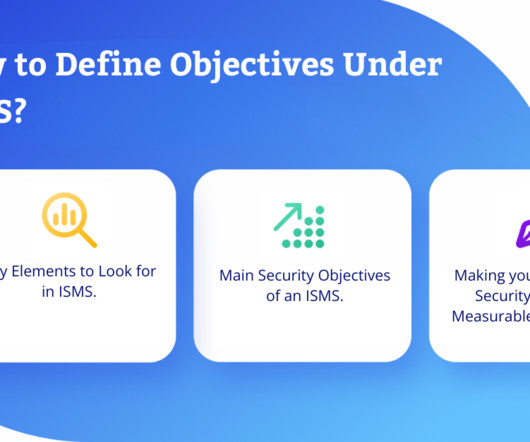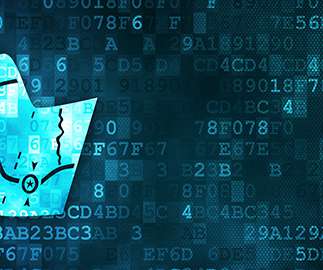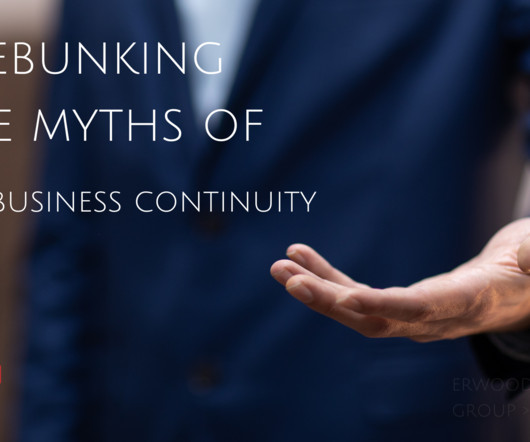Unlocking Climate Change Resilience Through Critical Event Management and Public Warning
everbridge
NOVEMBER 2, 2021
trillion in global economic losses,” according to a report conducted by the UN Office for Disaster Risk Reduction (UNDRR). Disaster risk is becoming systemic with one event overlapping and influencing another in ways that are testing our resilience to the limit,” Mizutori said. million lives, affecting 4.2

















Let's personalize your content